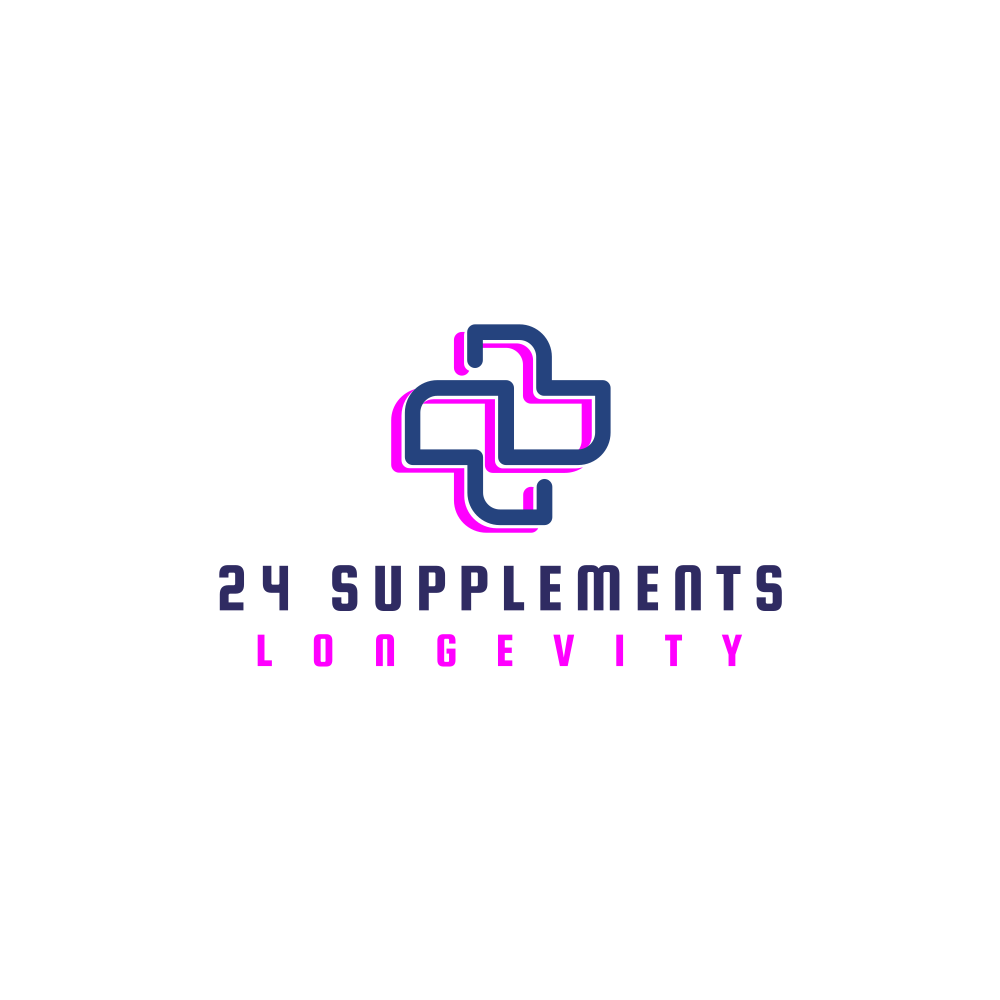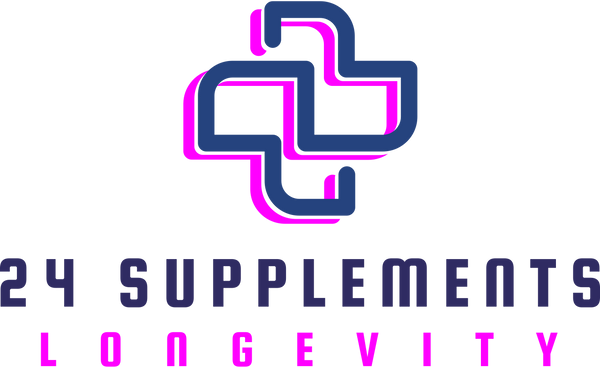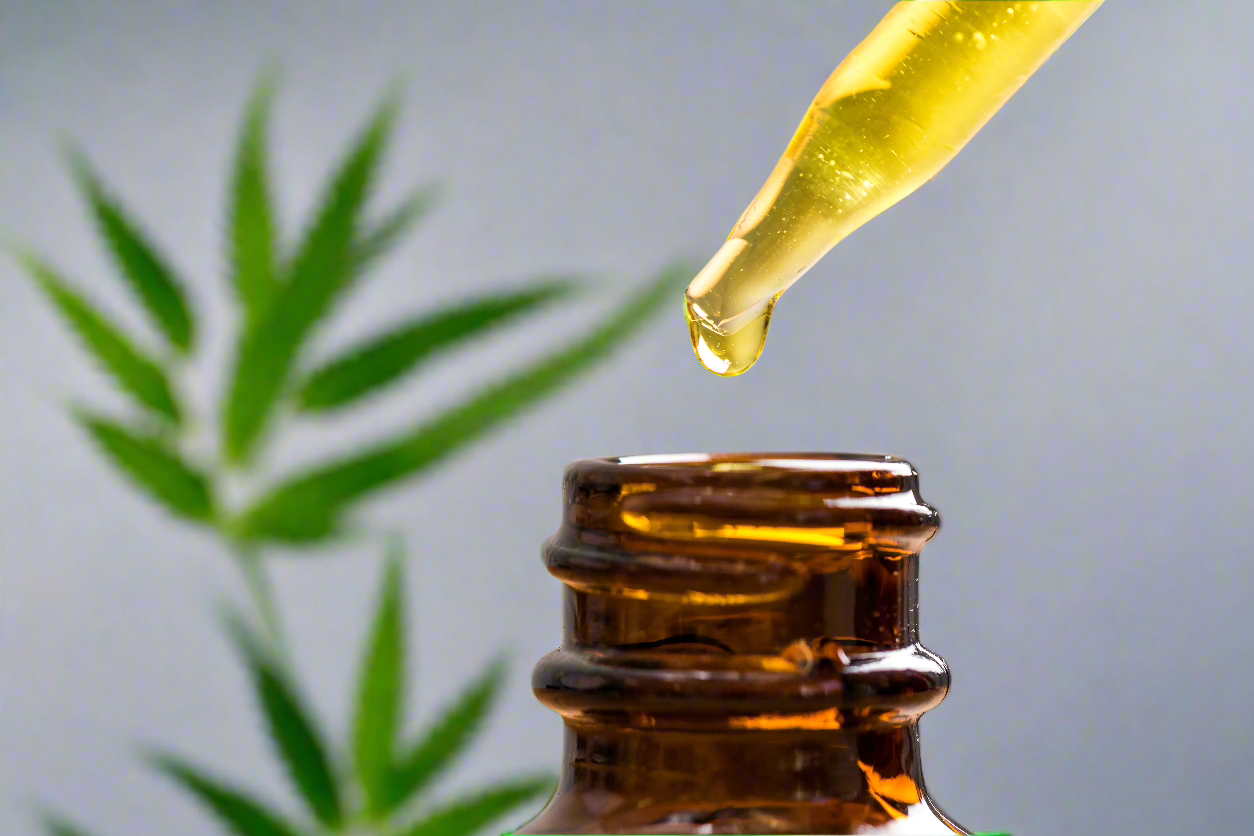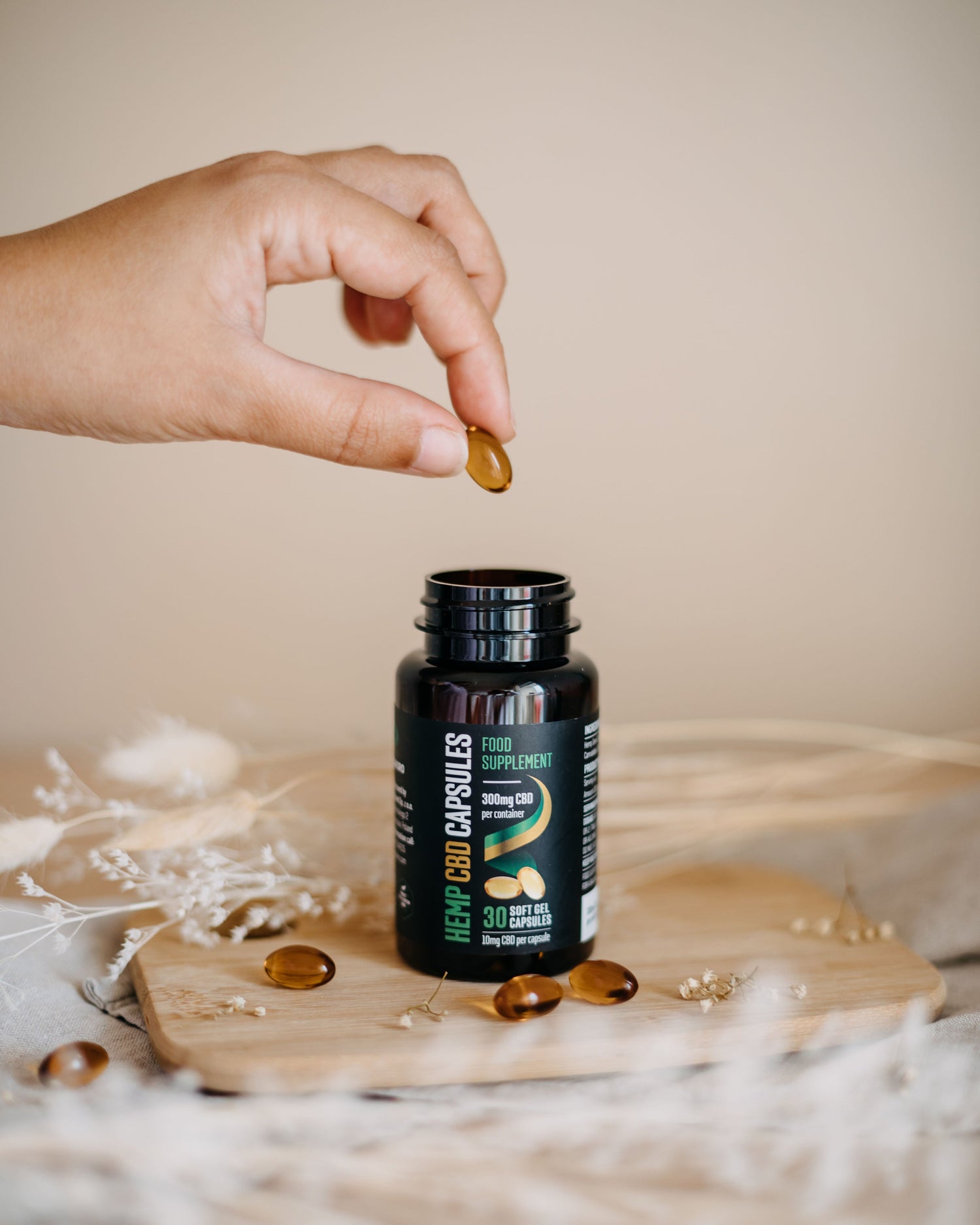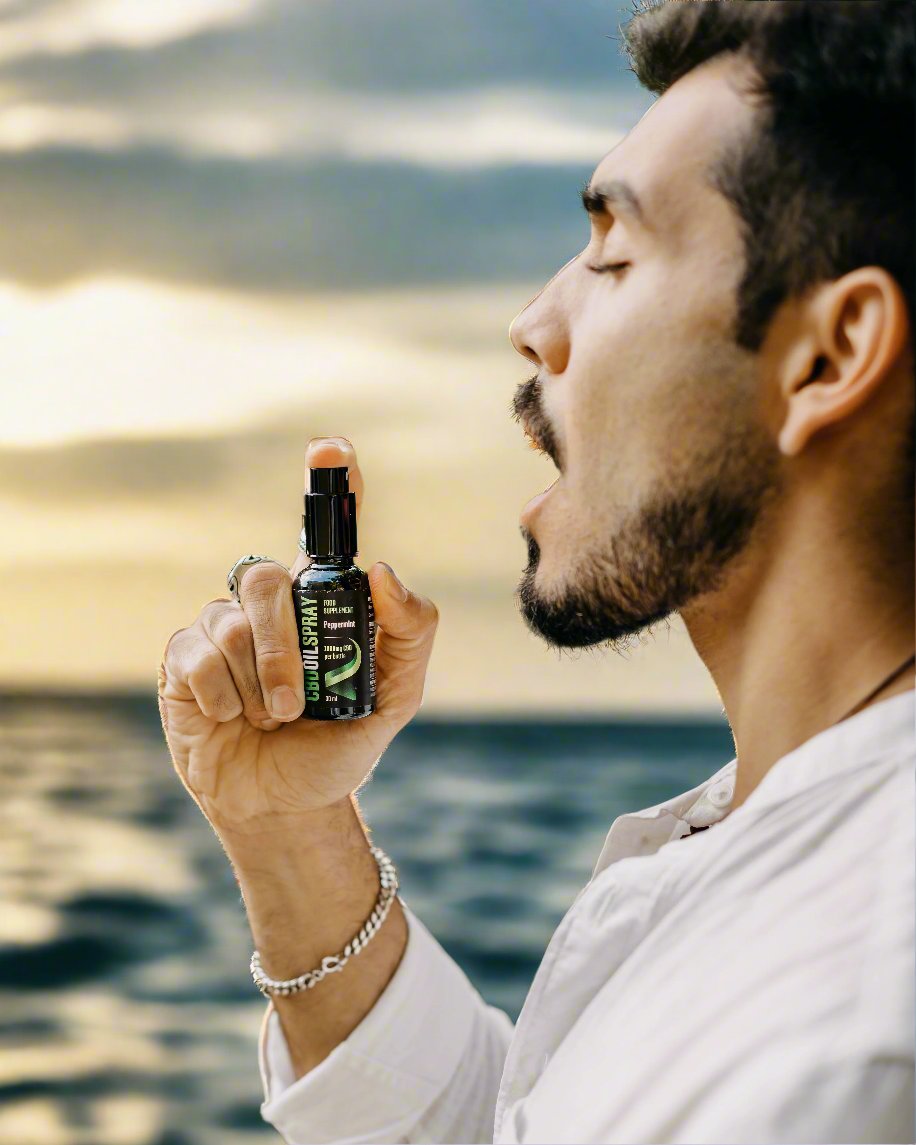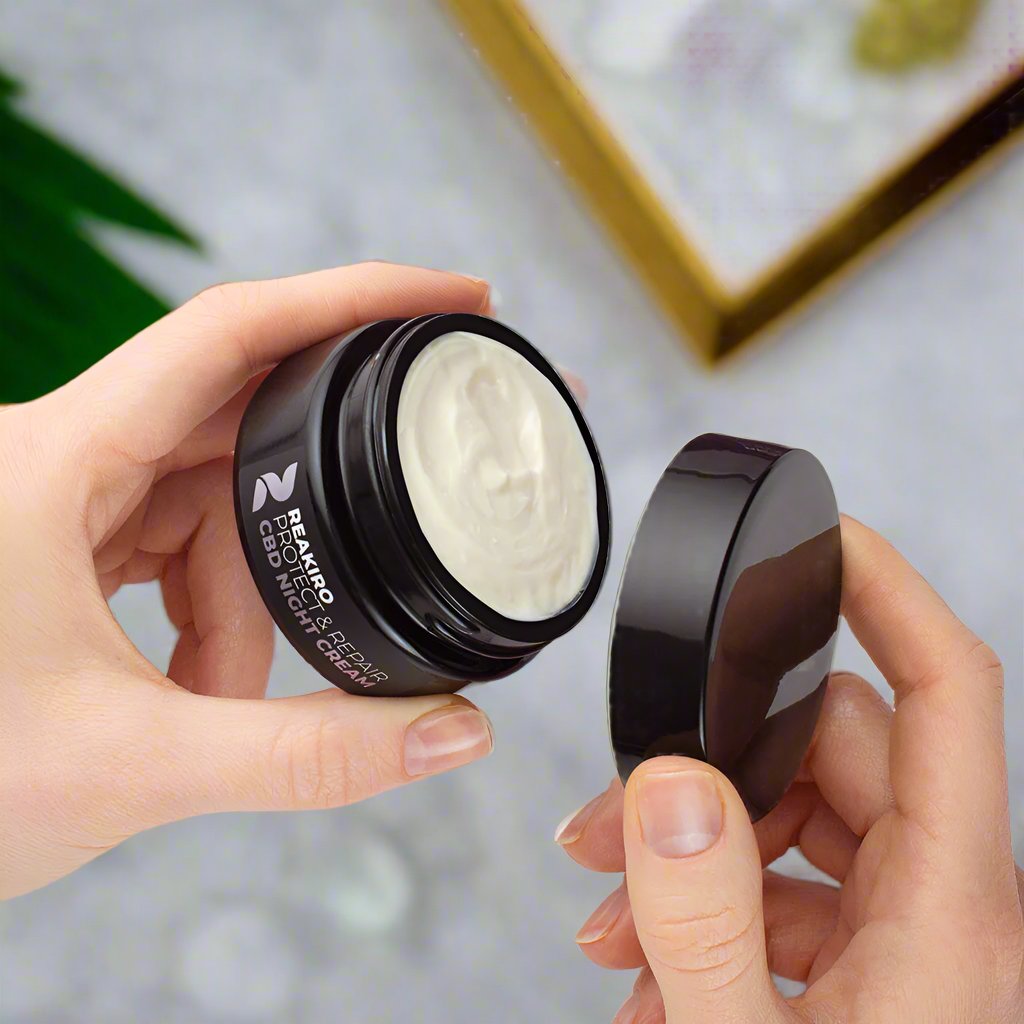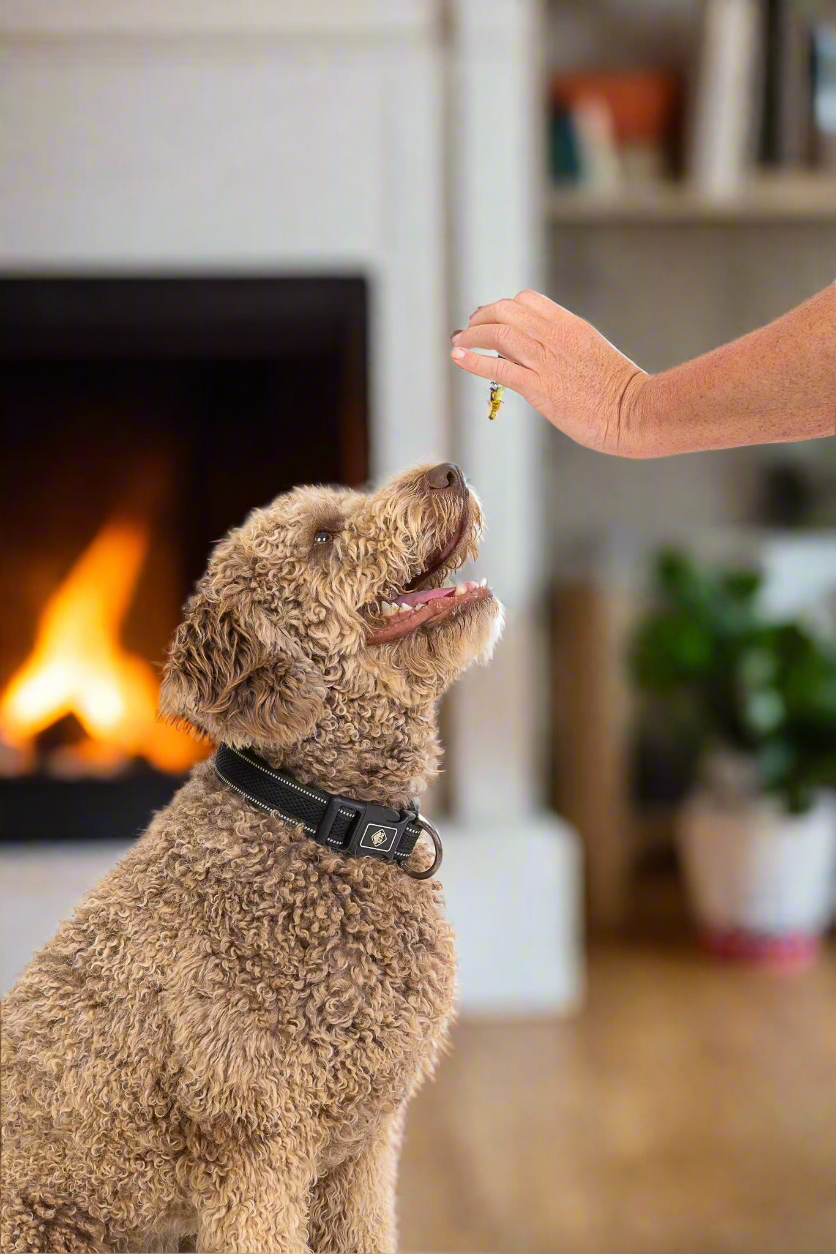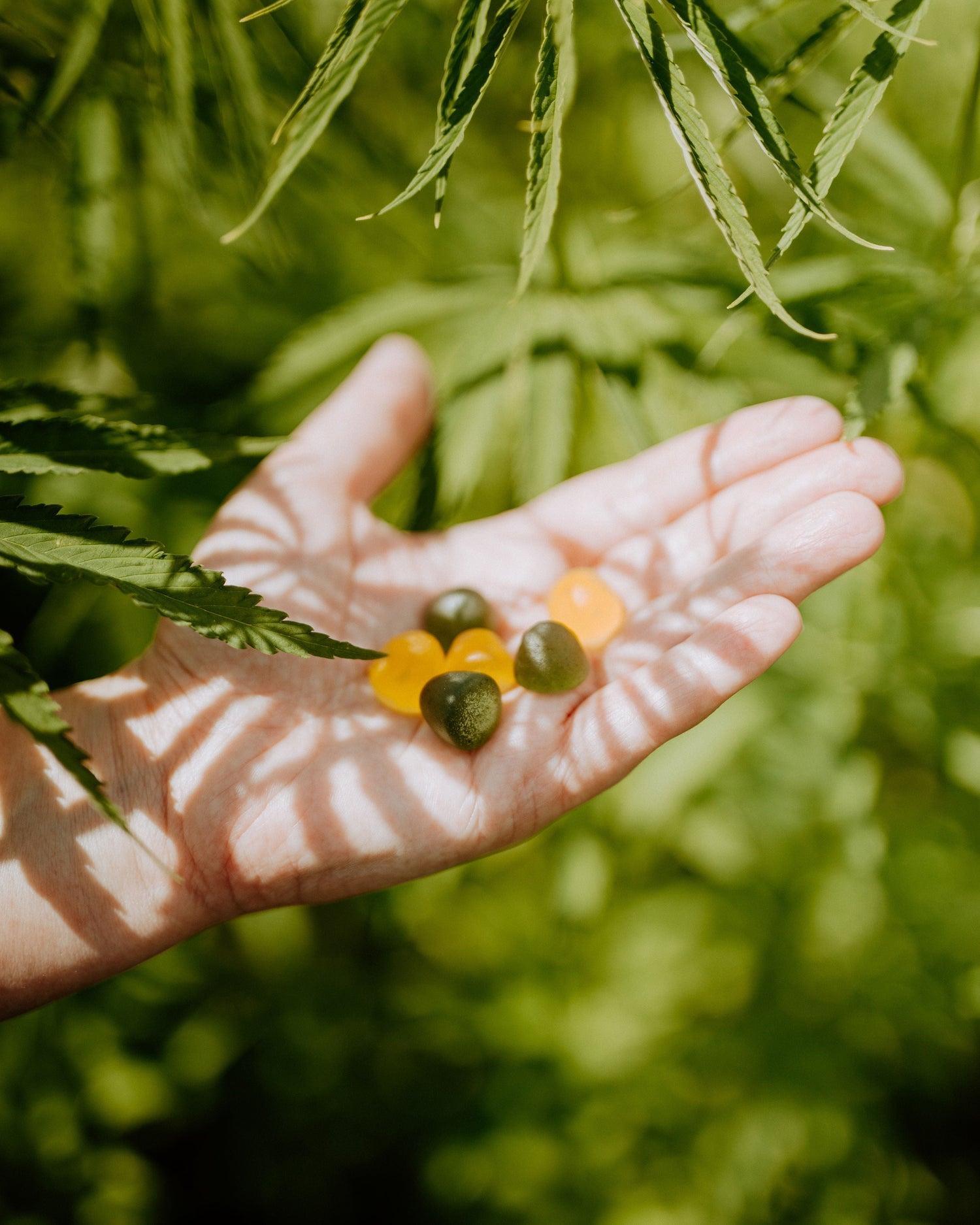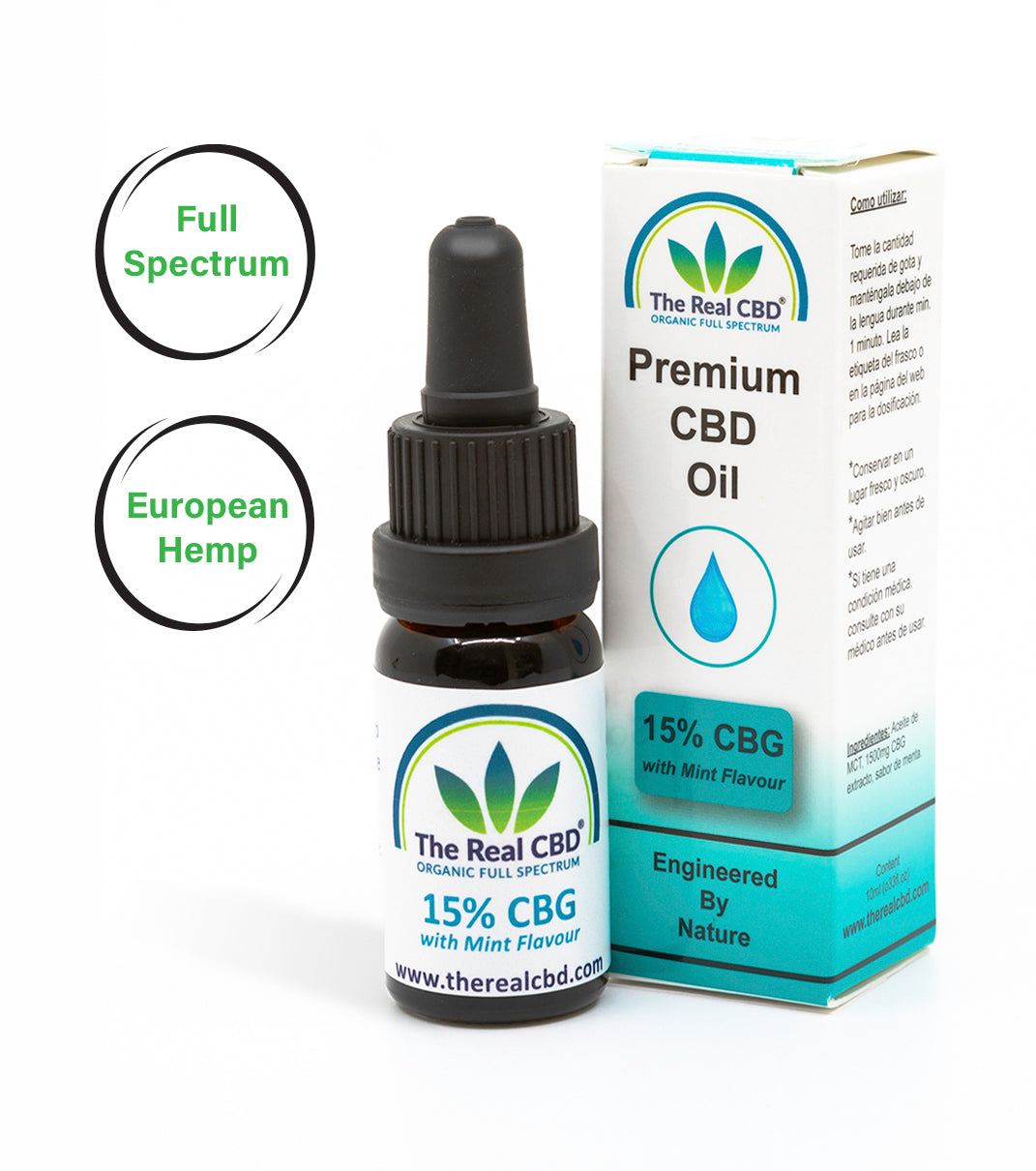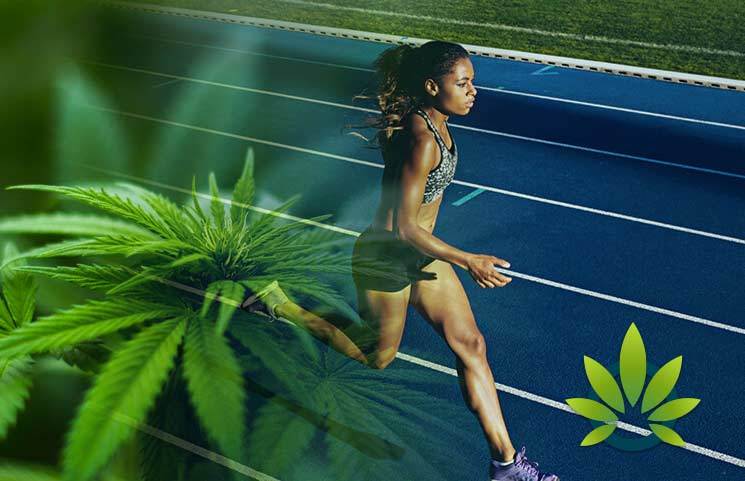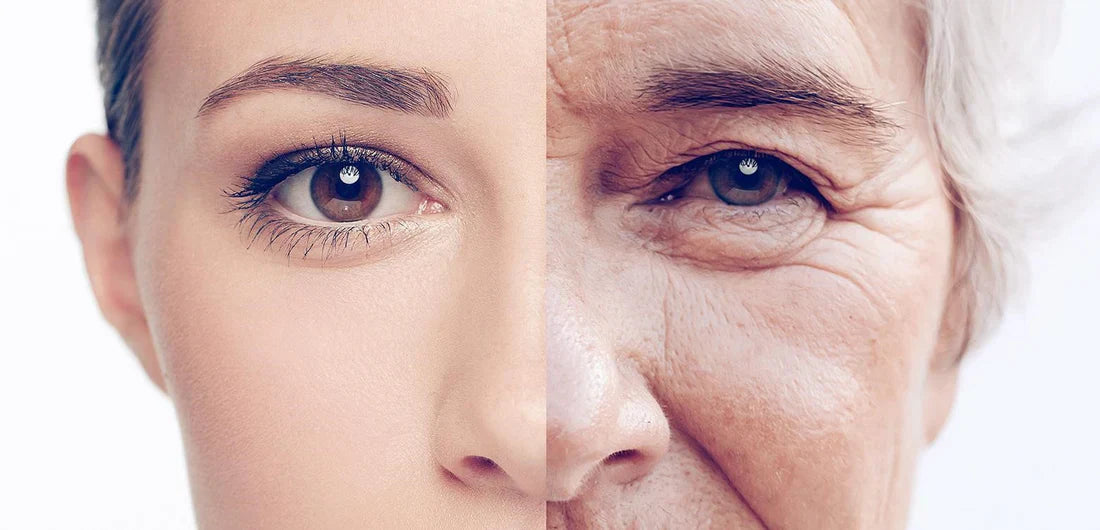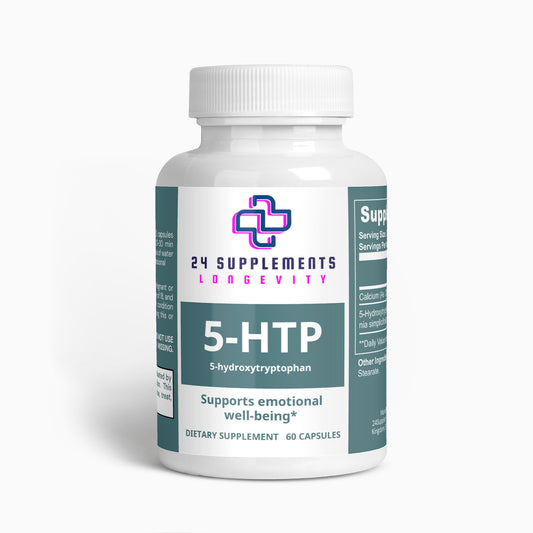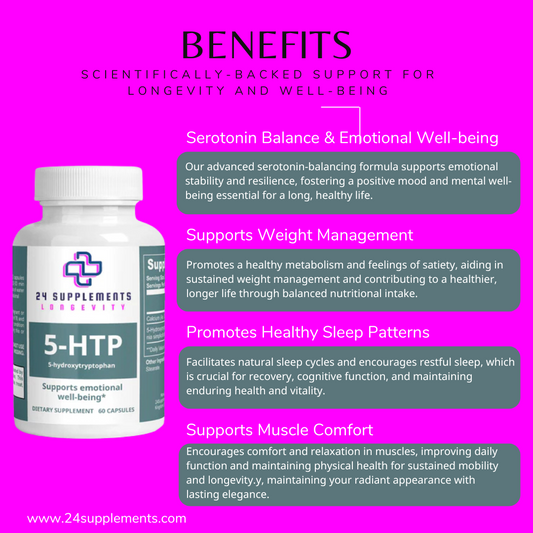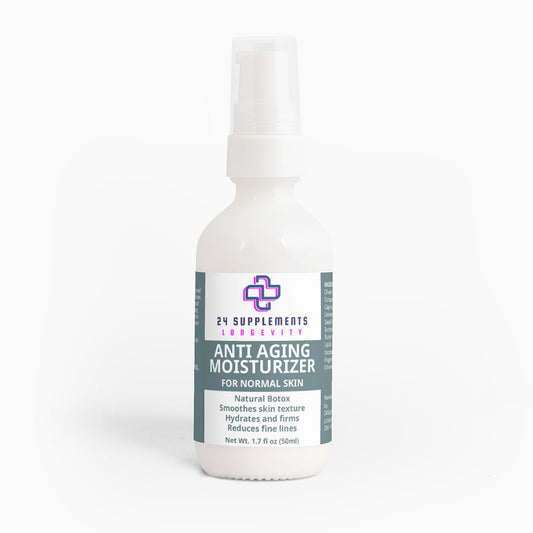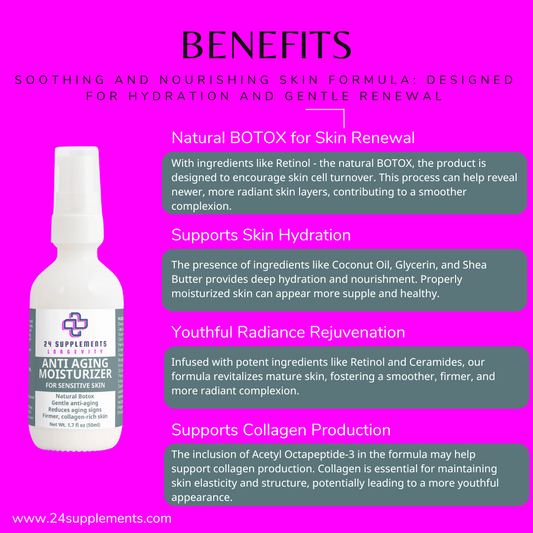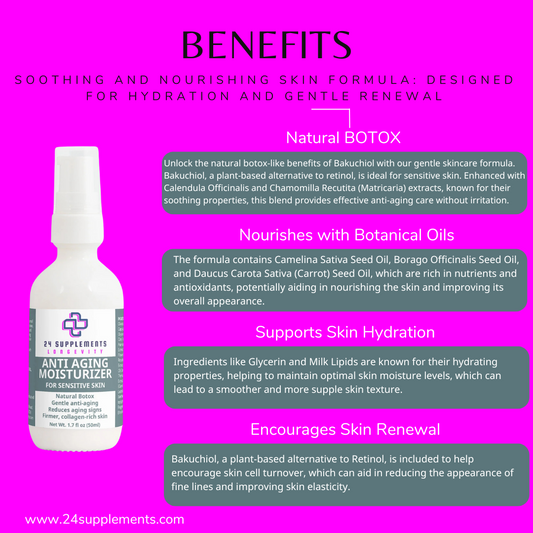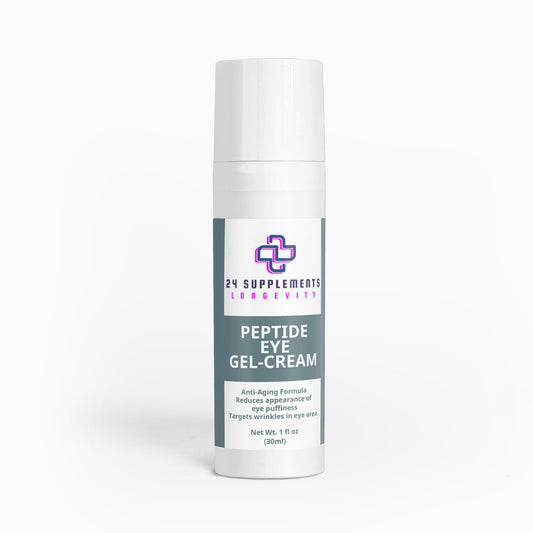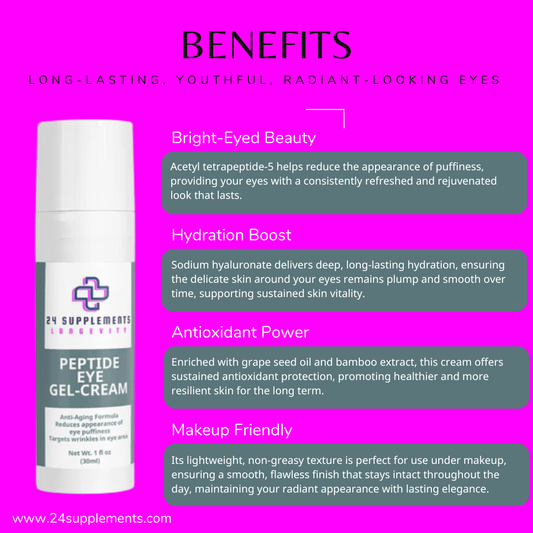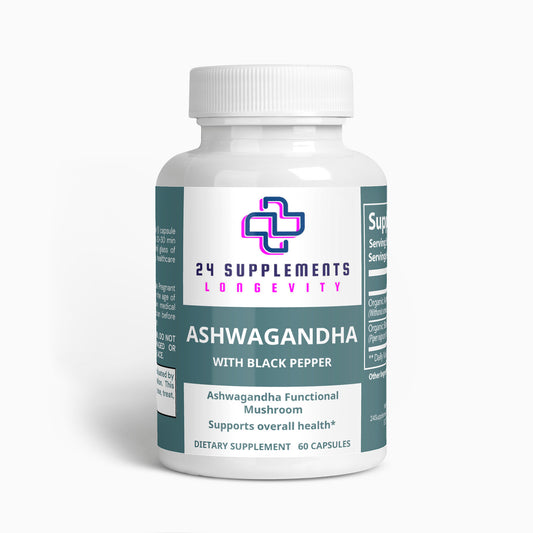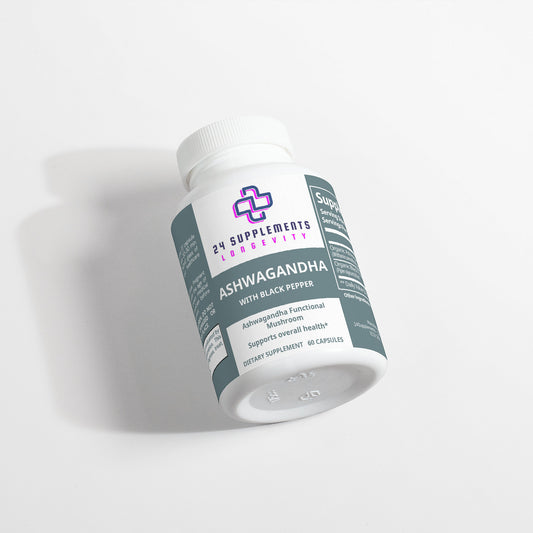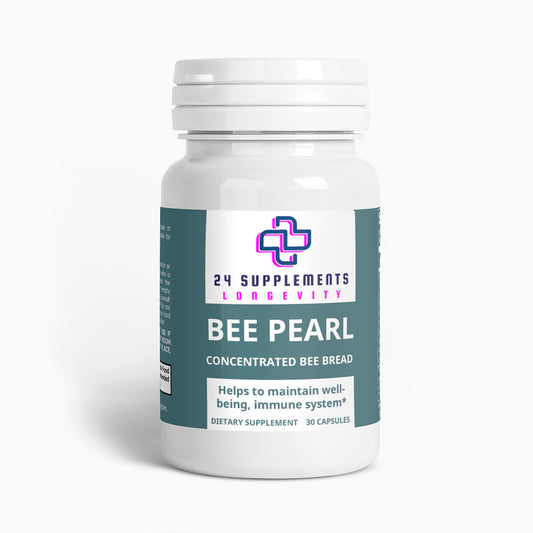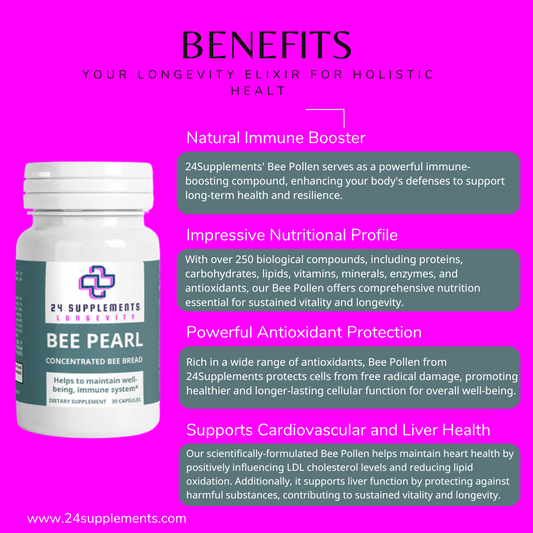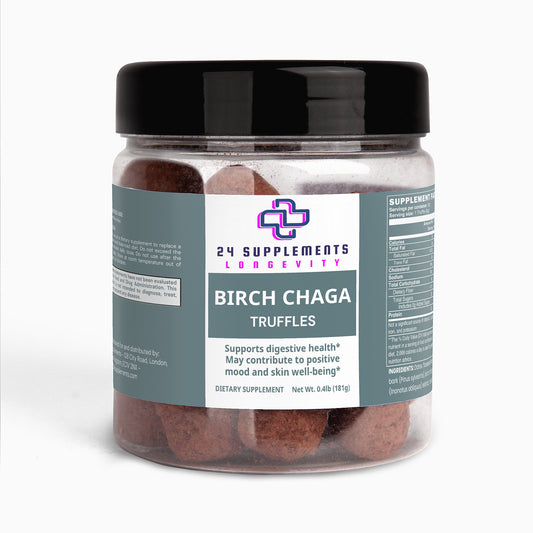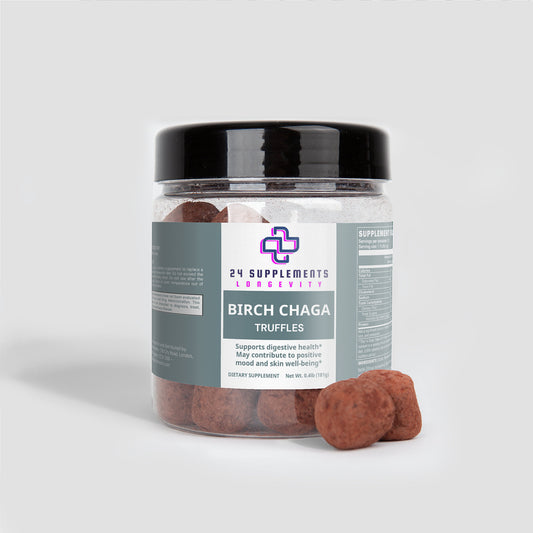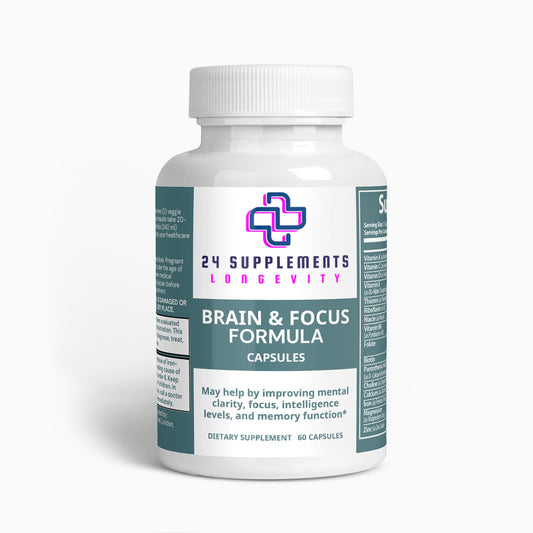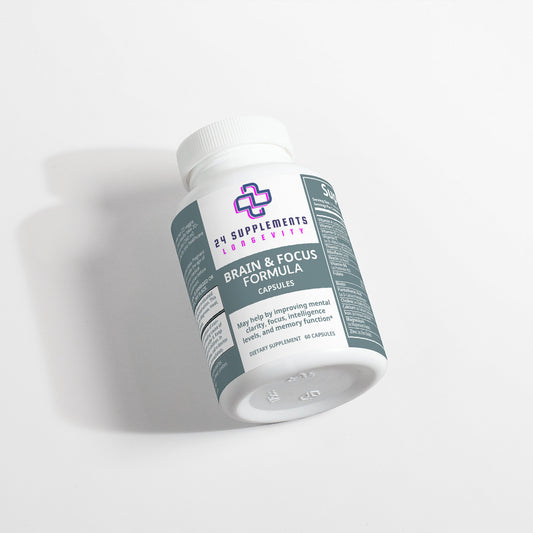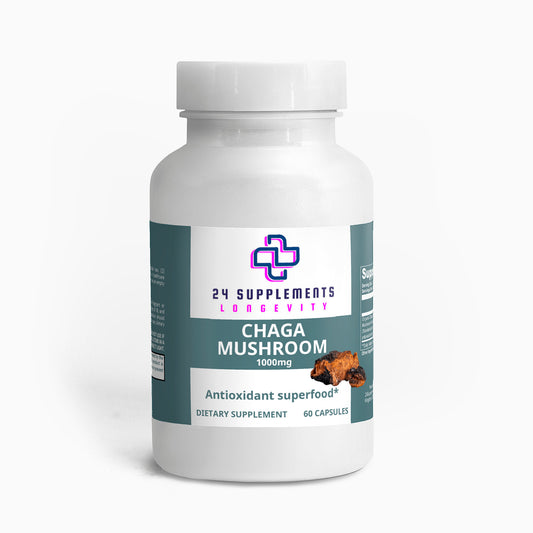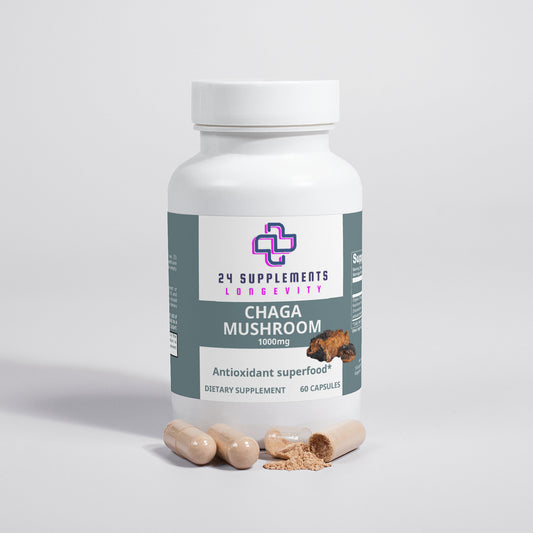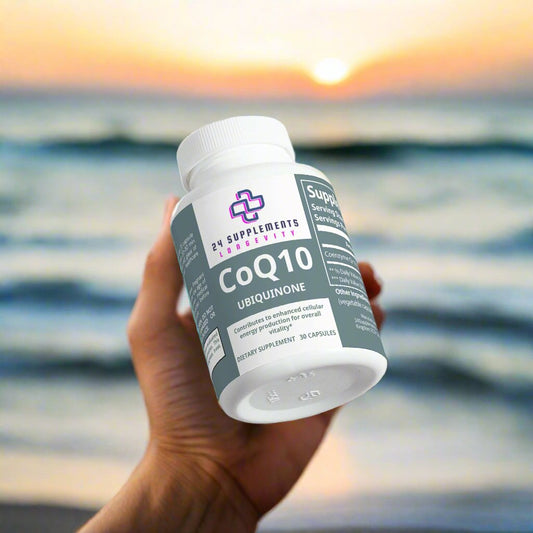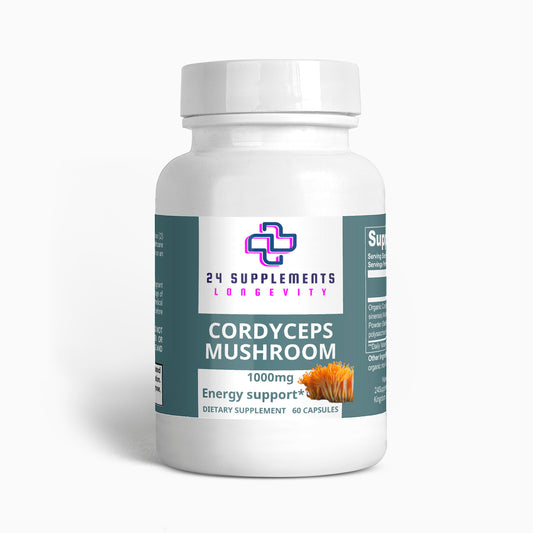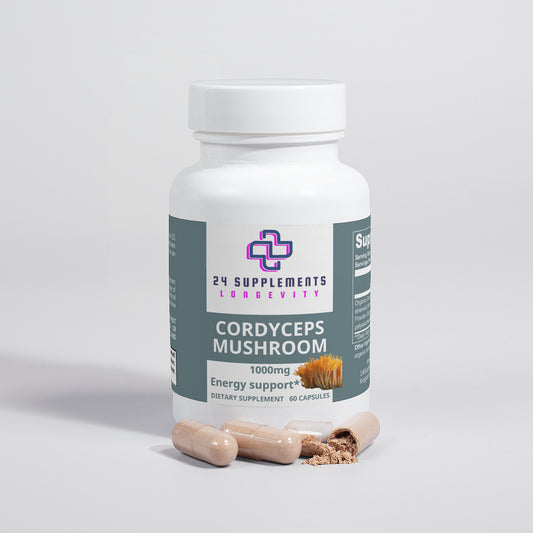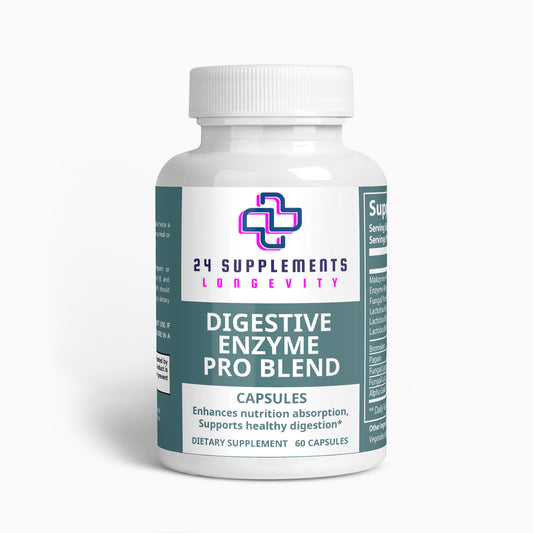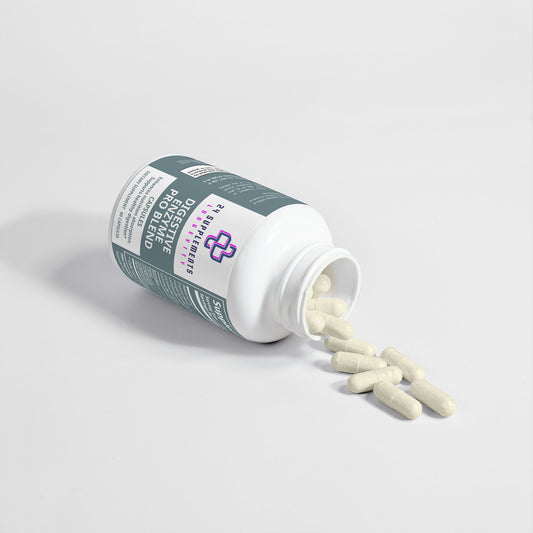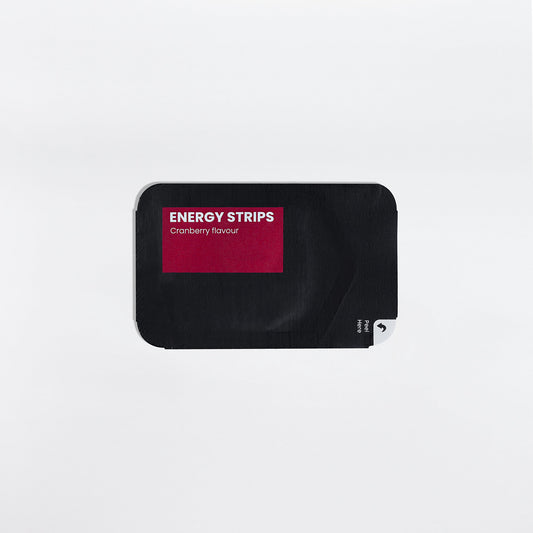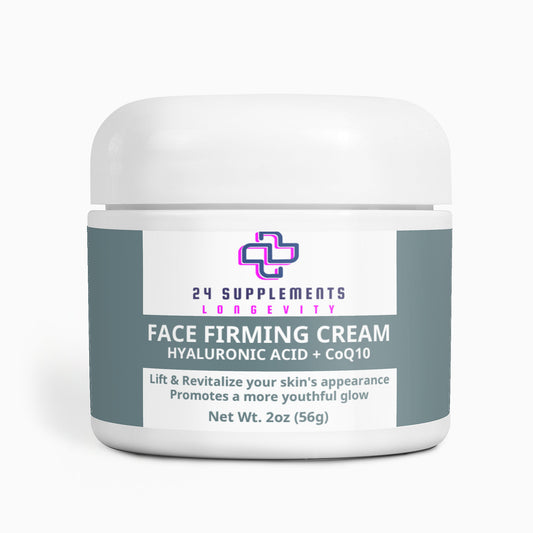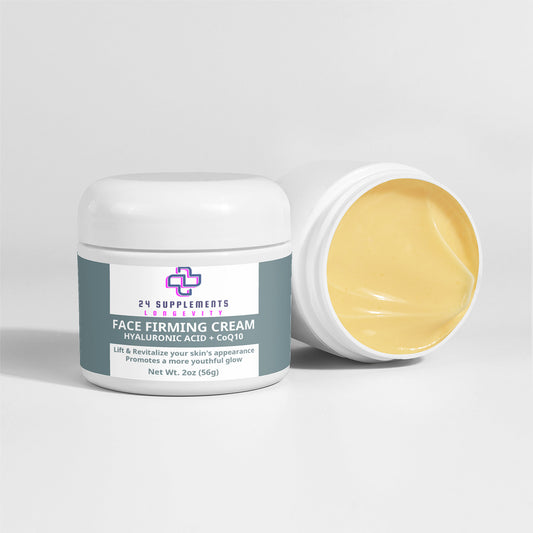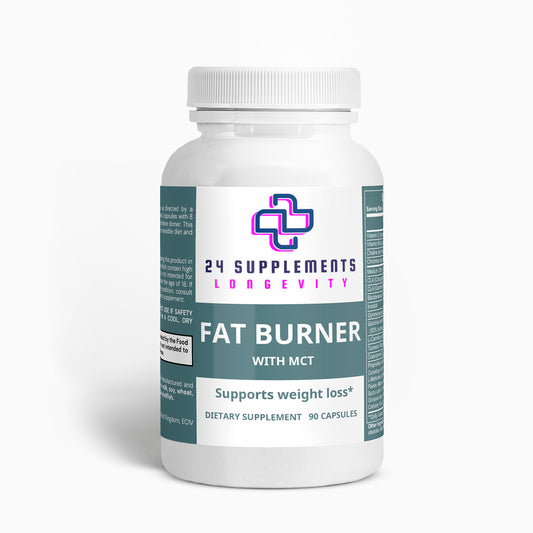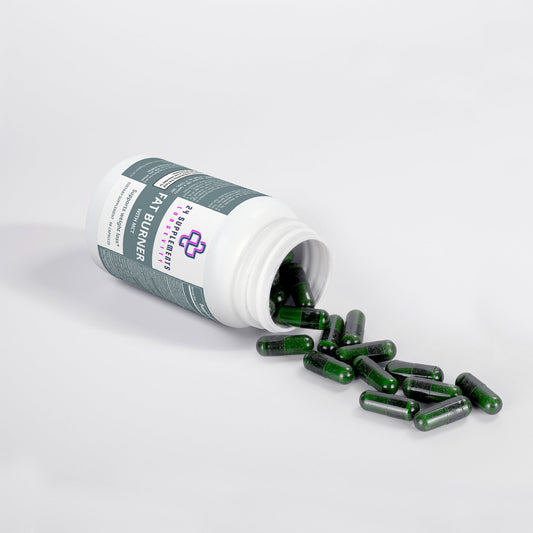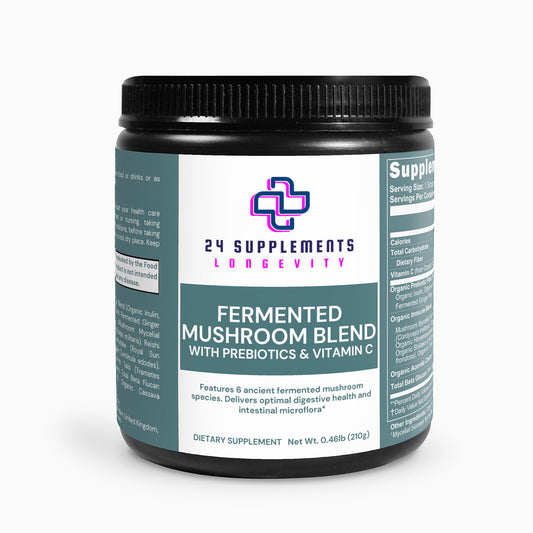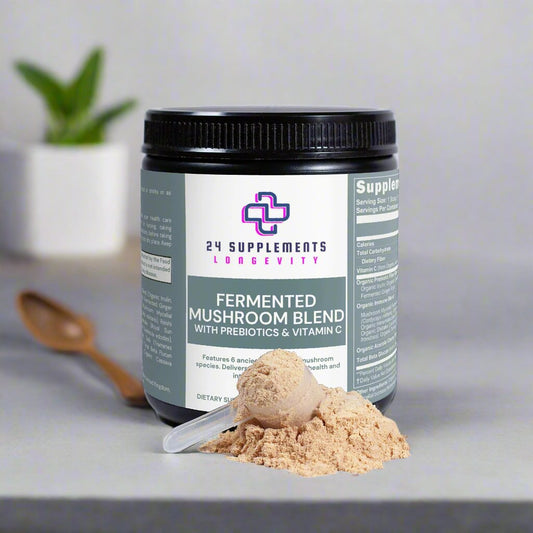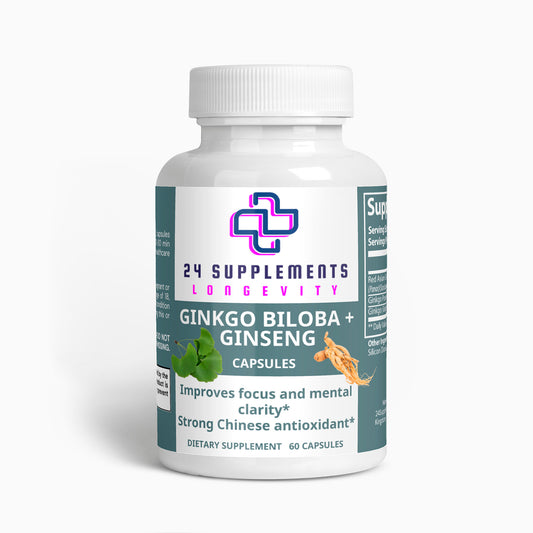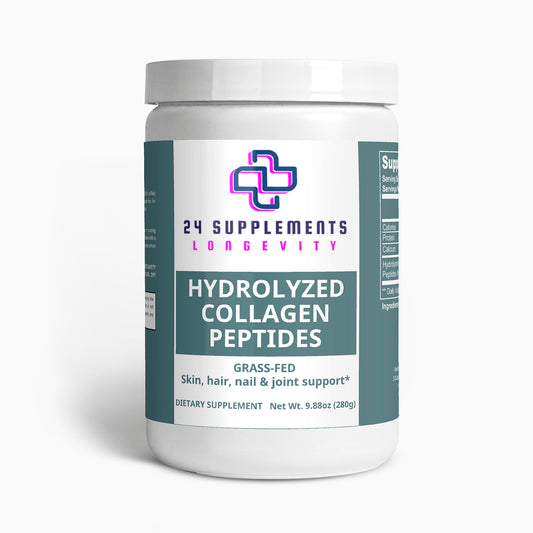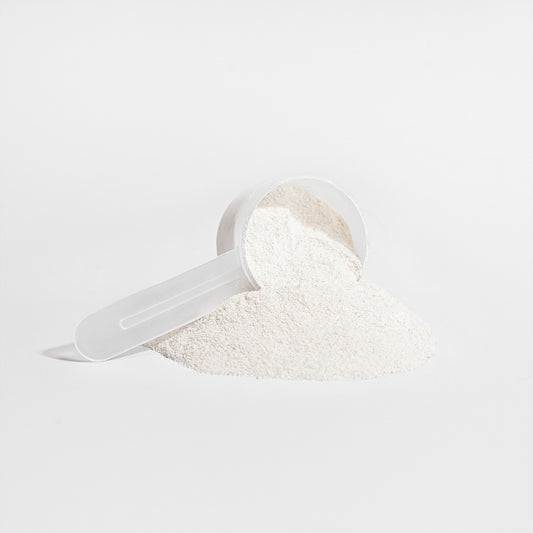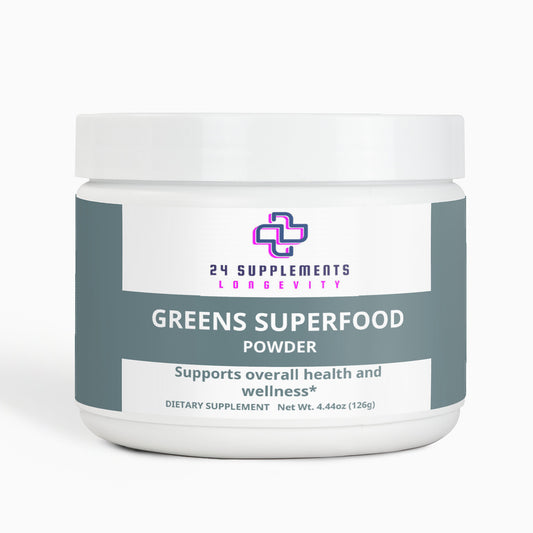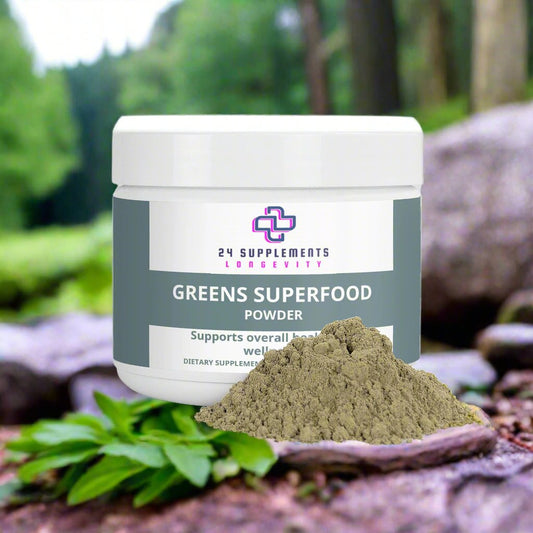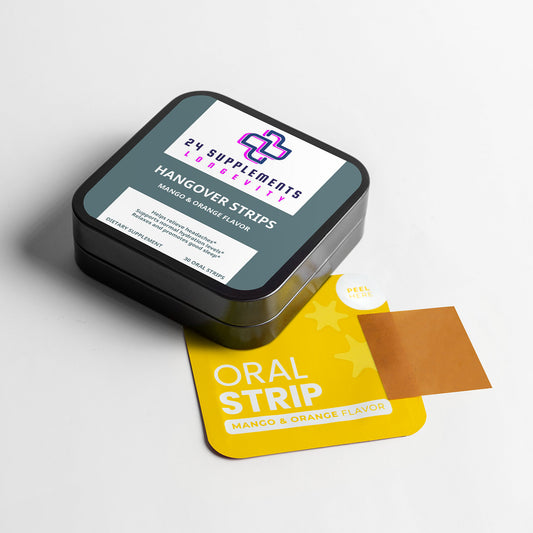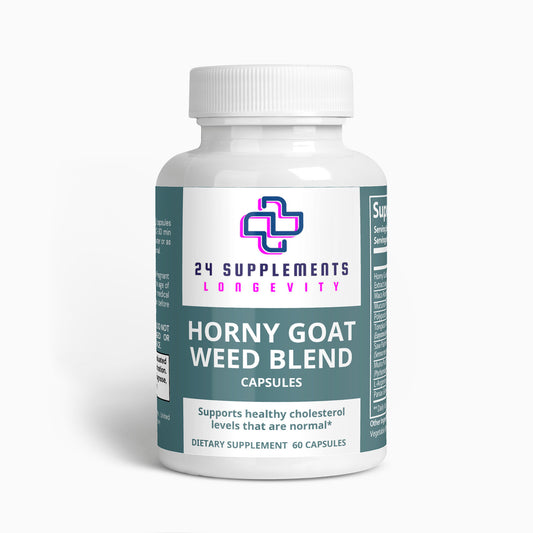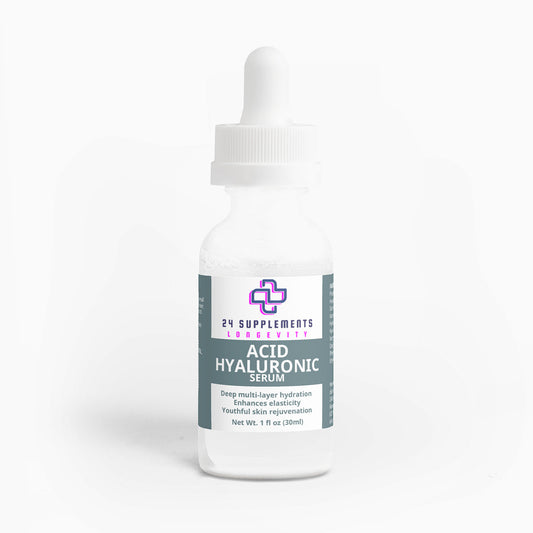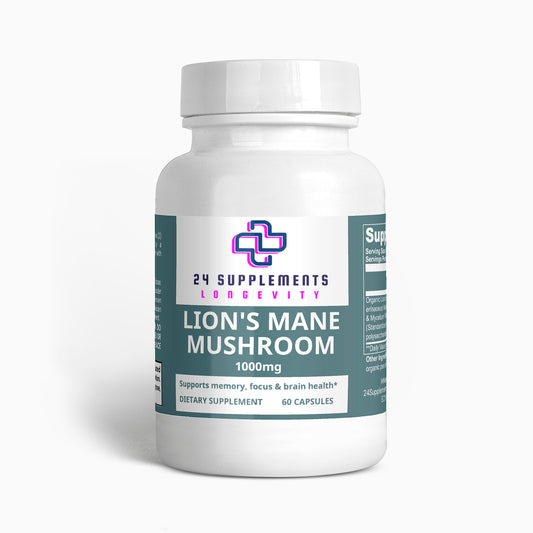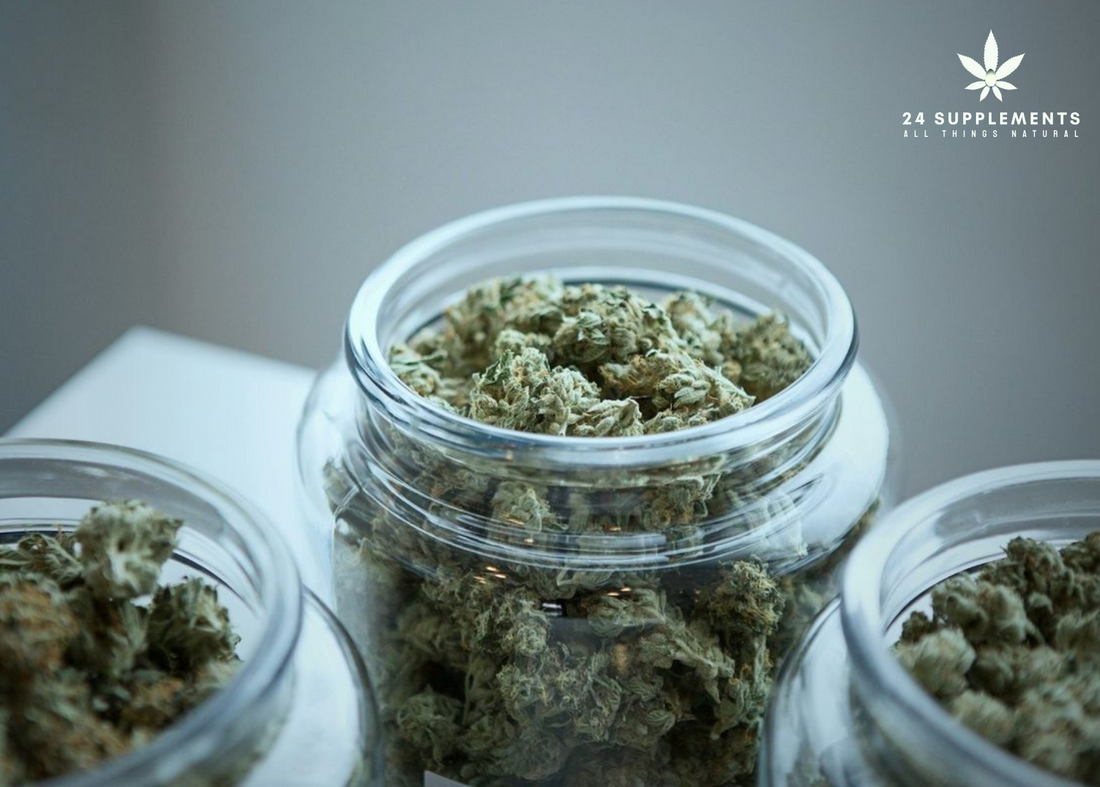
The Ultimate Guide to CBD Oil: Dosage, Concentration, Types, and Best Practices
Share
Introduction
CBD oil has become a cornerstone of the wellness industry, offering a natural way to manage a variety of health issues, from chronic pain to anxiety. However, the variety of options available—ranging from different concentrations to types of CBD like isolate and full-spectrum—can be overwhelming. This guide aims to provide a detailed understanding of CBD oil, focusing on dosage, concentration, types of CBD, and best practices for use. Whether you're new to CBD or looking to optimize your current regimen, this article will equip you with the knowledge you need.
1. CBD Oil Concentrations: What Do They Mean?
1.1 Understanding CBD Concentrations
CBD oil is available in various concentrations, typically expressed as a percentage. The concentration of CBD in the oil indicates the strength and potency of the product. This percentage represents the ratio of CBD in the total volume of oil, providing an easy way to understand how much CBD you're getting per dose.
For example, a 10 ml bottle of CBD oil with a 10% concentration contains 1000 mg of CBD. This means that each ml of oil has 100 mg of CBD.
1.2 Common CBD Concentrations
The most common CBD oil concentrations are 5%, 10%, 20%, 30%, and 40%. Here’s a breakdown of what these percentages mean in practical terms:
-
5% CBD Oil:
-
Contains 500 mg of CBD per 10 ml bottle.
-
Suitable for beginners or those using CBD for mild conditions like general wellness or stress relief.
-
Each drop contains approximately 2.5 mg of CBD.
-
-
10% CBD Oil:
-
Contains 1000 mg of CBD per 10 ml bottle.
-
Ideal for moderate symptoms like mild anxiety or chronic pain.
-
Each drop contains approximately 5 mg of CBD.
-
-
20% CBD Oil:
-
Contains 2000 mg of CBD per 10 ml bottle.
-
Best suited for more severe conditions such as intense chronic pain or significant anxiety.
-
Each drop contains approximately 10 mg of CBD.
-
-
30% CBD Oil:
-
Contains 3000 mg of CBD per 10 ml bottle.
-
Recommended for those with extensive experience with CBD, managing severe conditions, or requiring higher doses.
-
Each drop contains approximately 15 mg of CBD.
-
-
40% CBD Oil:
-
Contains 4000 mg of CBD per 10 ml bottle.
-
Used in cases of extreme conditions or for those with very high tolerance.
-
Each drop contains approximately 20 mg of CBD.
-
2. How to Determine the Right Dosage Based on Concentration
2.1 Starting with Low Concentrations
If you are new to CBD, starting with a lower concentration like 5% or 10% is recommended. This allows you to gauge how your body responds to CBD without overwhelming your system. A typical starting dose for beginners might be:
-
5% CBD Oil: Start with 5-10 drops per day, split between morning and evening doses. This provides about 12.5-25 mg of CBD daily.
-
10% CBD Oil: Begin with 3-5 drops per day, providing approximately 15-25 mg of CBD daily.
2.2 Adjusting Dosage for Higher Concentrations
As you become more accustomed to CBD and your body’s tolerance builds, you may choose to increase your concentration and dosage:
-
20% CBD Oil: Start with 2-3 drops per day, which equates to 20-30 mg of CBD daily.
-
30% CBD Oil: Begin with 1-2 drops per day, providing 15-30 mg of CBD.
-
40% CBD Oil: For those requiring very high doses, 1 drop per day delivers 20 mg of CBD.
2.3 Personalized Dosage Adjustments
Dosage is highly individual and should be adjusted based on factors like body weight, metabolism, the severity of symptoms, and personal response to CBD. Here’s how to personalize your dosage:
-
Monitor Symptoms: Start with a low dose and gradually increase until you find the dosage that effectively alleviates your symptoms.
-
Track Your Progress: Keep a journal to record how you feel after taking CBD, noting any changes in your symptoms and overall well-being.
-
Consult a Healthcare Professional: For those using CBD to manage medical conditions, it’s advisable to consult with a healthcare provider to determine the appropriate dosage.
3. Types of CBD: Isolate, Full-Spectrum, and Broad-Spectrum
3.1 CBD Isolate
CBD isolate is the purest form of CBD, containing 99% CBD with no other cannabinoids, terpenes, or plant compounds. It is ideal for those who want to avoid THC completely or are sensitive to other cannabinoids.
-
Pros:
-
Zero THC: Perfect for individuals who need to avoid THC entirely, such as athletes subject to drug testing.
-
Versatile: Can be added to food, drinks, or other products without altering the taste.
-
-
Cons:
-
Lacks Entourage Effect: Isolate does not provide the synergistic benefits of full-spectrum or broad-spectrum CBD, where multiple cannabinoids work together to enhance efficacy.
-
3.2 Full-Spectrum CBD
Full-spectrum CBD contains all cannabinoids, terpenes, flavonoids, and other beneficial compounds found in the hemp plant, including up to 0.3% THC. This combination of compounds creates what is known as the "entourage effect," where the different components work synergistically to enhance the therapeutic effects of CBD.
-
Pros:
-
Entourage Effect: The combination of cannabinoids, including THC, can enhance the overall effectiveness of the product.
-
Rich in Terpenes: Terpenes add to the therapeutic potential and flavor profile of the oil.
-
-
Cons:
-
Contains THC: Even though the amount is minimal, it could be an issue for those subject to drug testing or sensitive to THC.
-
3.3 Broad-Spectrum CBD
Broad-spectrum CBD is similar to full-spectrum but with the THC completely removed. It still contains other cannabinoids and terpenes, providing some level of the entourage effect without the presence of THC.
-
Pros:
-
No THC: Suitable for individuals who want to avoid THC but still benefit from the entourage effect.
-
Versatile: Can be used by a wide range of users, including those sensitive to THC.
-
-
Cons:
-
Slightly Less Effective than Full-Spectrum: The absence of THC may reduce the overall effectiveness compared to full-spectrum products.
-
4. Methods of CBD Cultivation: Indoor, Greenhouse, and Outdoor
4.1 Indoor Cultivation
Indoor cultivation allows for precise control over environmental factors such as light, temperature, humidity, and air circulation. This method typically results in higher-quality CBD due to the controlled environment, which can lead to a more consistent and potent product.
-
Pros:
-
High Quality: Indoor-grown CBD is often of higher quality, with more potent and consistent cannabinoid profiles.
-
Year-Round Growth: The controlled environment allows for year-round cultivation, unaffected by seasonal changes.
-
-
Cons:
-
Higher Cost: Indoor cultivation is more expensive due to the need for advanced technology and energy consumption.
-
4.2 Greenhouse Cultivation
Greenhouse cultivation combines natural sunlight with controlled indoor conditions. This method offers a balance between quality and cost, providing the benefits of natural growth with some level of environmental control.
-
Pros:
-
Balanced Cost and Quality: Greenhouse cultivation offers a good balance between the high quality of indoor-grown CBD and the cost-effectiveness of outdoor cultivation.
-
Sustainable: Utilizes natural sunlight, reducing energy consumption.
-
-
Cons:
-
Less Control: While better than outdoor cultivation, greenhouses offer less control over the environment compared to indoor setups.
-
4.3 Outdoor Cultivation
Outdoor cultivation relies entirely on natural sunlight and weather conditions. This method is the most cost-effective but can result in variable quality due to exposure to environmental factors like pests and weather.
-
Pros:
-
Cost-Effective: Outdoor cultivation is the least expensive method of growing CBD-rich hemp.
-
Natural Growth: Plants grow in their natural environment, often resulting in a diverse cannabinoid and terpene profile.
-
-
Cons:
-
Variable Quality: Outdoor-grown CBD can be less consistent in potency and quality due to environmental factors.
-
Seasonal: Growth is dependent on the seasons, limiting production to certain times of the year.
-
5. Best Practices for Using CBD Oil
5.1 Sublingual Administration: How to Take CBD Oil
The most common and effective way to take CBD oil is sublingually, where the oil is placed under the tongue for direct absorption into the bloodstream.
-
How to Administer:
-
Use the dropper to place the desired amount of CBD oil under your tongue.
-
Hold the oil under your tongue for at least 60 seconds before swallowing. This allows for maximum absorption through the sublingual glands.
-
-
Why It’s Effective:
-
Sublingual administration bypasses the digestive system, leading to faster onset of effects, typically within 15-45 minutes.
-
-
Dosage Tips:
-
Start with a small dose, such as 1-3 drops, especially if you’re using a higher concentration CBD oil like 20% or above.
-
Gradually increase the number of drops until you find the optimal dosage for your needs.
-
5.2 Mixing CBD Oil with Food or Beverages
For those who find the taste of CBD oil unpleasant, mixing it with food or beverages is a viable alternative. However, it’s important to note that this method affects the absorption rate and onset time.
-
How to Use:
-
Add CBD oil to your morning coffee, smoothie, or salad dressing.
-
Make sure to mix thoroughly to ensure even distribution.
-
-
Considerations:
-
Slower Absorption: When ingested with food or drinks, CBD passes through the digestive system, which delays the onset of effects, taking 30 minutes to 2 hours.
-
Reduced Bioavailability: The digestive process can reduce the overall bioavailability of CBD, meaning you may need a higher dose to achieve the same effects as sublingual administration.
-
5.3 Taking CBD Oil Pure
For those who prefer a direct approach, taking CBD oil pure, without mixing it into food or drinks, is another option. This method can be done either sublingually or by simply swallowing the oil.
-
How to Use:
-
Measure the desired amount of CBD oil with the dropper and take it directly, either swallowing immediately or holding it under your tongue.
-
-
Why It’s Effective:
-
Direct ingestion ensures you receive the full dosage without dilution or loss of potency, but absorption may be slower if swallowed immediately.
-
6. How Many Drops Should You Take?
6.1 General Guidelines Based on Concentration
Determining the right number of drops depends on the concentration of your CBD oil and your individual needs:
-
5% CBD Oil:
-
Start with 5-10 drops per day, split between morning and evening. This provides approximately 12.5-25 mg of CBD.
-
-
10% CBD Oil:
-
Begin with 3-5 drops per day, offering about 15-25 mg of CBD.
-
-
20% CBD Oil:
-
Start with 2-3 drops per day, providing 20-30 mg of CBD.
-
-
30% CBD Oil:
-
For experienced users, 1-2 drops per day is recommended, delivering 15-30 mg of CBD.
-
-
40% CBD Oil:
-
One drop per day offers a potent dose of 20 mg of CBD, suitable for those requiring very high doses.
-
6.2 Adjusting Dosage Over Time
As you continue using CBD oil, you may find that your body’s needs change over time. Here’s how to adjust:
-
Increase Gradually: If you start with a lower concentration and find it’s not effective, consider increasing either the dosage or the concentration.
-
Monitor Symptoms: Keep track of your symptoms and adjust your dosage accordingly. If you experience any adverse effects, reduce the dosage and consult a healthcare provider.
7. Frequently Asked Questions About CBD Oil
7.1 How Long Should I Hold CBD Oil Under My Tongue?
Holding CBD oil under your tongue for at least 60 seconds allows for maximum absorption through the sublingual glands. This method ensures that a significant portion of the CBD enters your bloodstream directly, leading to faster and more efficient results.
7.2 Can I Mix CBD Oil with My Tea or Coffee?
Yes, you can mix CBD oil with your tea or coffee, but be aware that this method will slow down the absorption process as the CBD passes through the digestive system. The effects will take longer to manifest, and you may require a slightly higher dose to achieve the same results as sublingual administration.
7.3 Is It Better to Take CBD Oil Pure or Mixed with Food?
The best method depends on your preferences and needs. Taking CBD oil pure (sublingually or by swallowing) provides faster and more efficient absorption. Mixing CBD oil with food or beverages can help mask the taste but may reduce the bioavailability and delay the onset of effects.
8. Safety and Storage of CBD Oil
8.1 How to Store CBD Oil Properly
Proper storage of CBD oil is essential for maintaining its potency and freshness. Here are some tips:
-
Keep It Cool: Store your CBD oil in a cool, dark place, away from direct sunlight and heat, which can degrade the cannabinoids.
-
Avoid Humidity: High humidity can promote the growth of mold and bacteria, so keep your CBD oil in a dry place.
-
Seal Tightly: Ensure that the bottle is tightly sealed to prevent air exposure, which can lead to oxidation and reduce the oil’s effectiveness.
8.2 Is CBD Oil Safe for Long-Term Use?
CBD oil is generally considered safe for long-term use, with a low risk of serious side effects. However, it’s important to use high-quality, third-party tested products to avoid contaminants and ensure consistent dosing. Always consult a healthcare professional if you have concerns about long-term use, especially if you are taking other medications.
Conclusion
CBD oil offers a versatile and potentially beneficial solution for a range of health issues, from chronic pain to anxiety. Understanding the different concentrations, types, and methods of use is crucial for optimizing your experience and achieving the desired results. Whether you're new to CBD or a seasoned user, this guide provides the detailed information you need to make informed decisions and use CBD oil effectively.
By starting with the right concentration, adjusting your dosage based on your needs, and choosing the appropriate type of CBD, you can maximize the benefits of this powerful natural remedy. Always consult with a healthcare professional for personalized advice, and enjoy the journey of discovering what CBD oil can do for your well-being.
